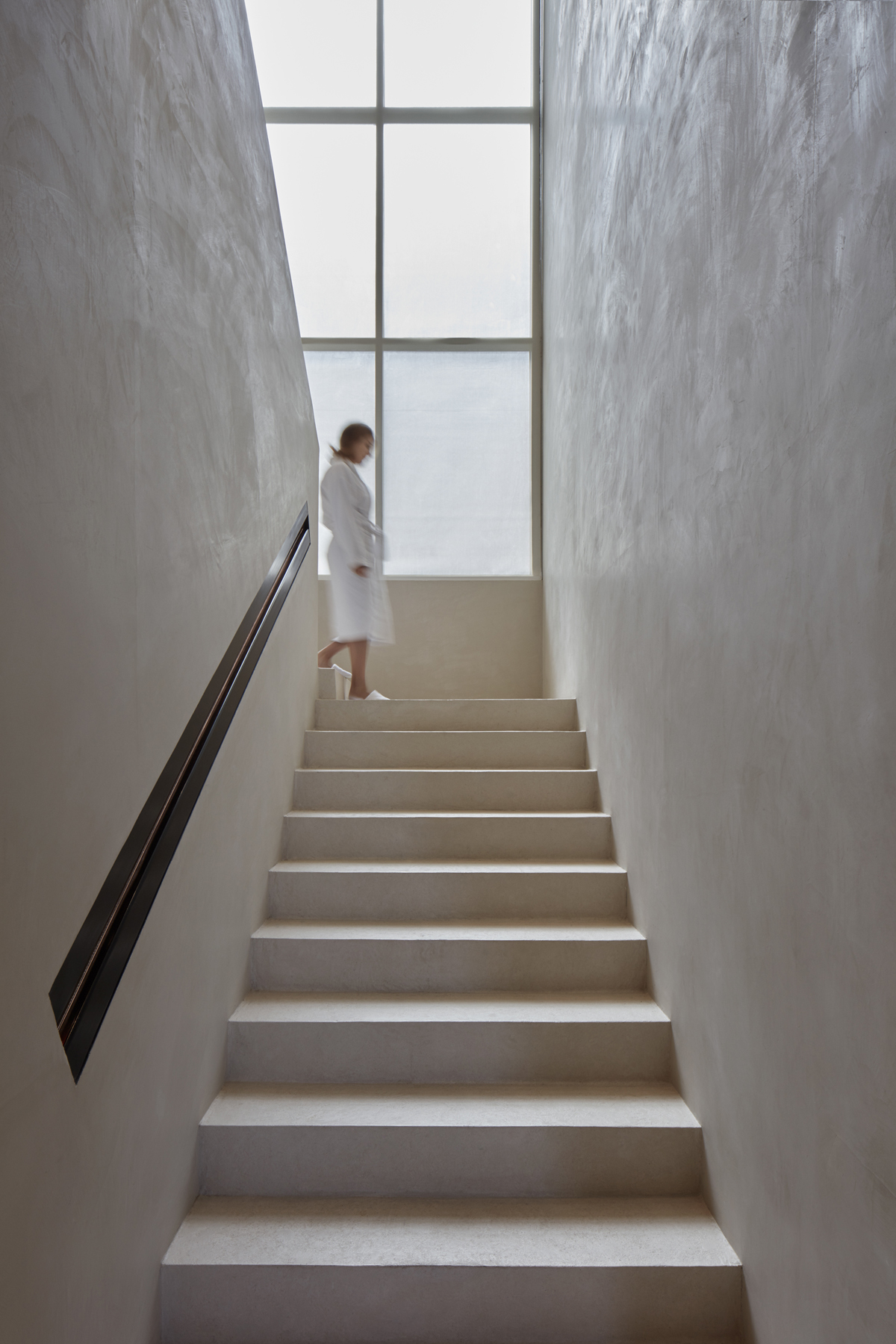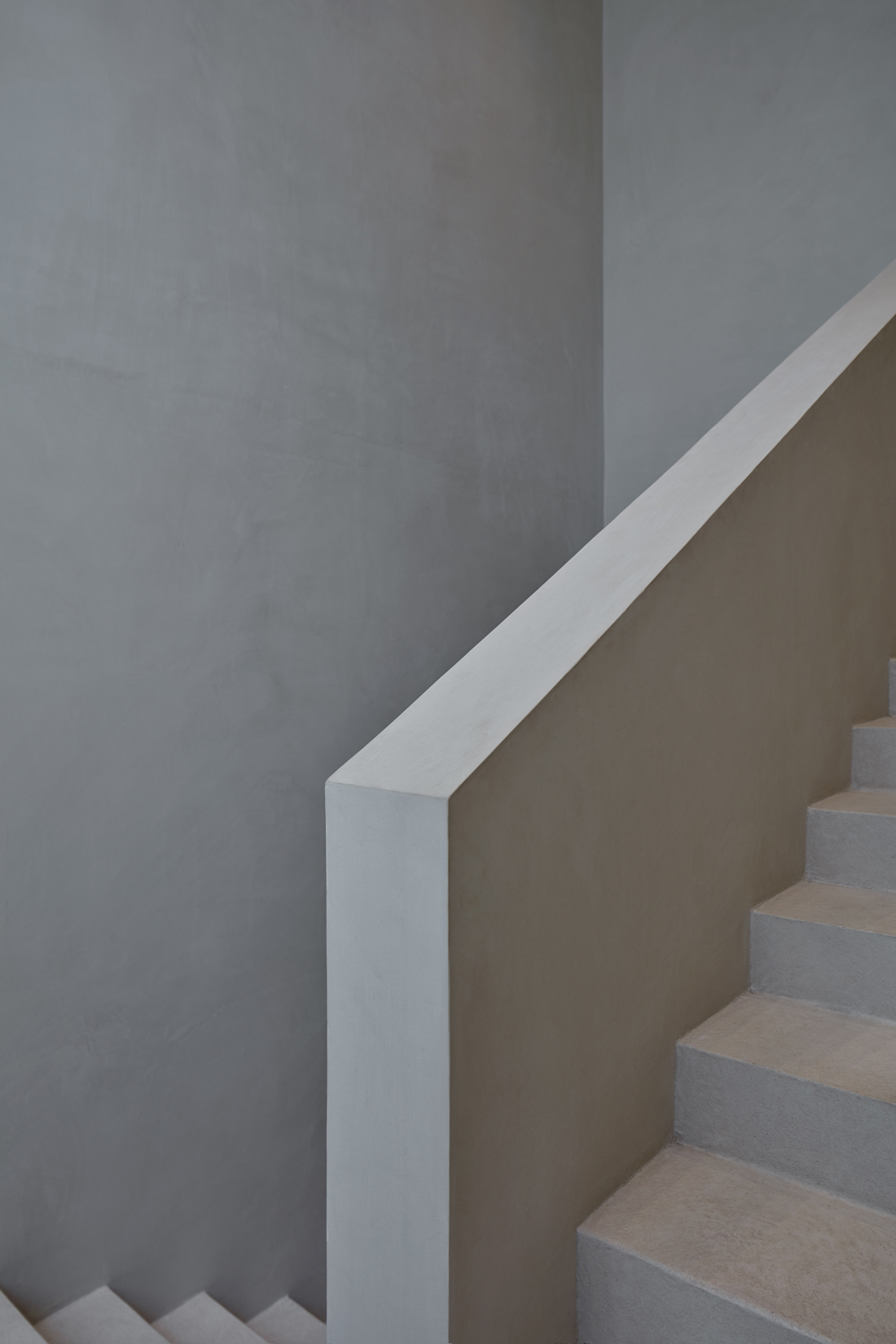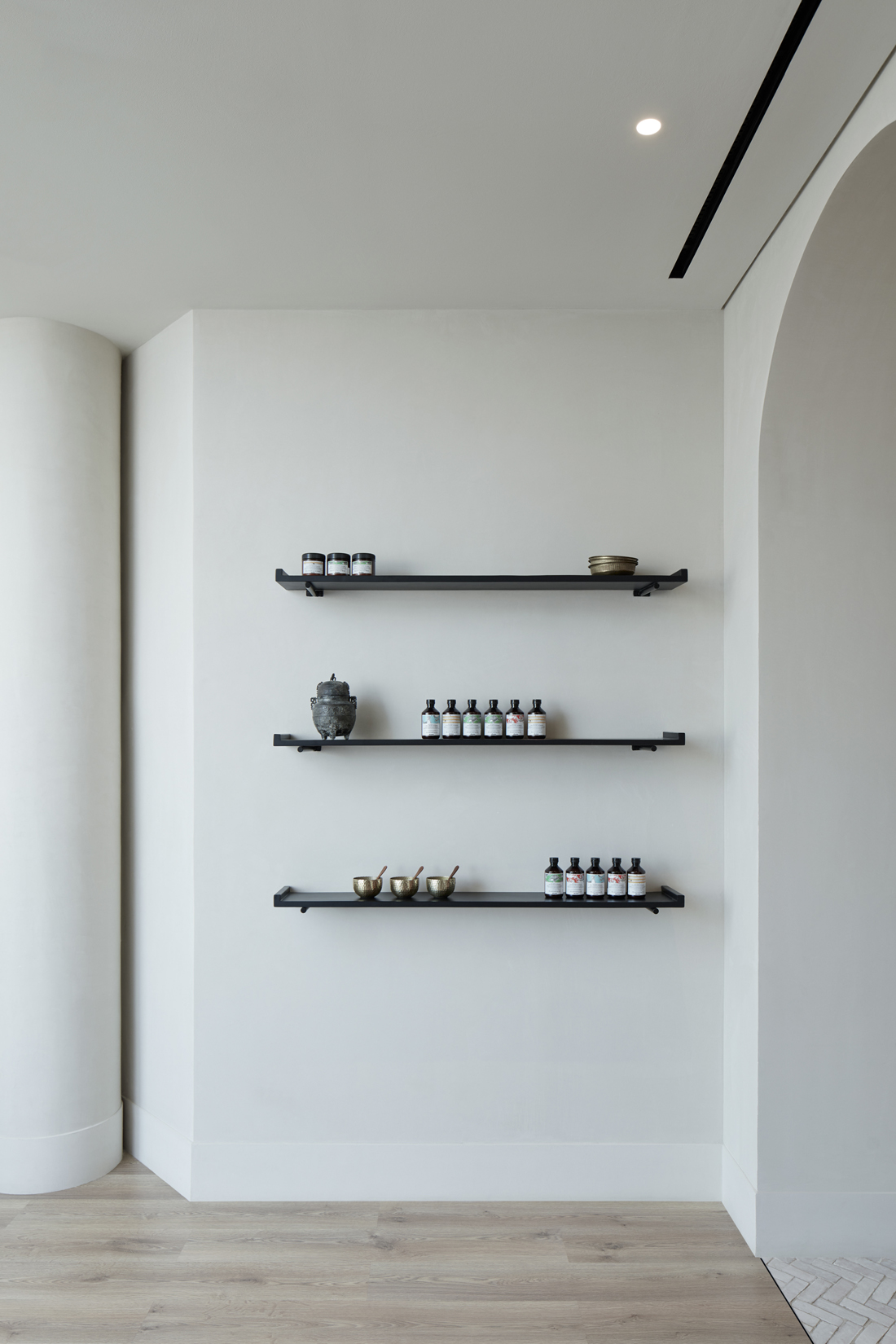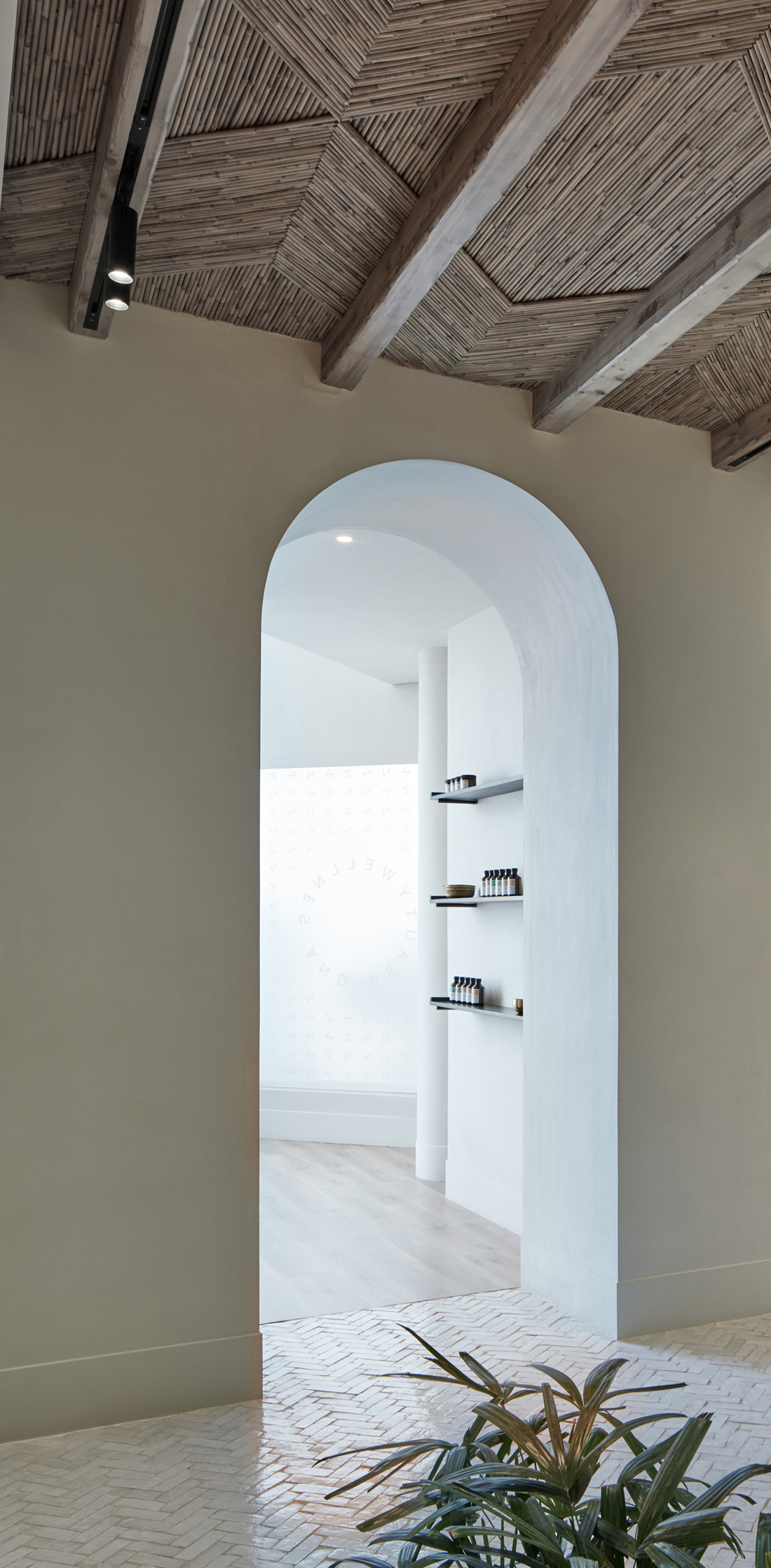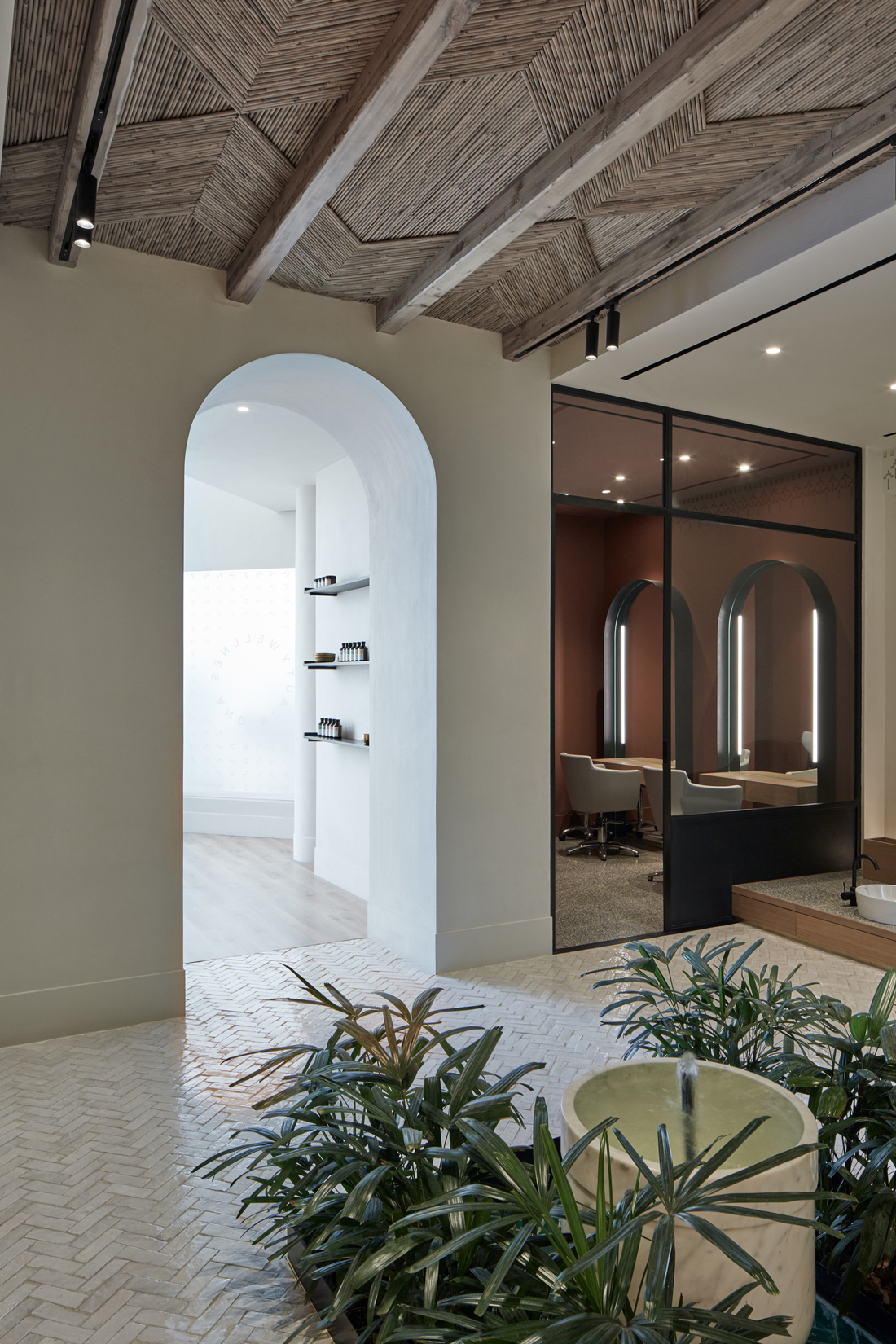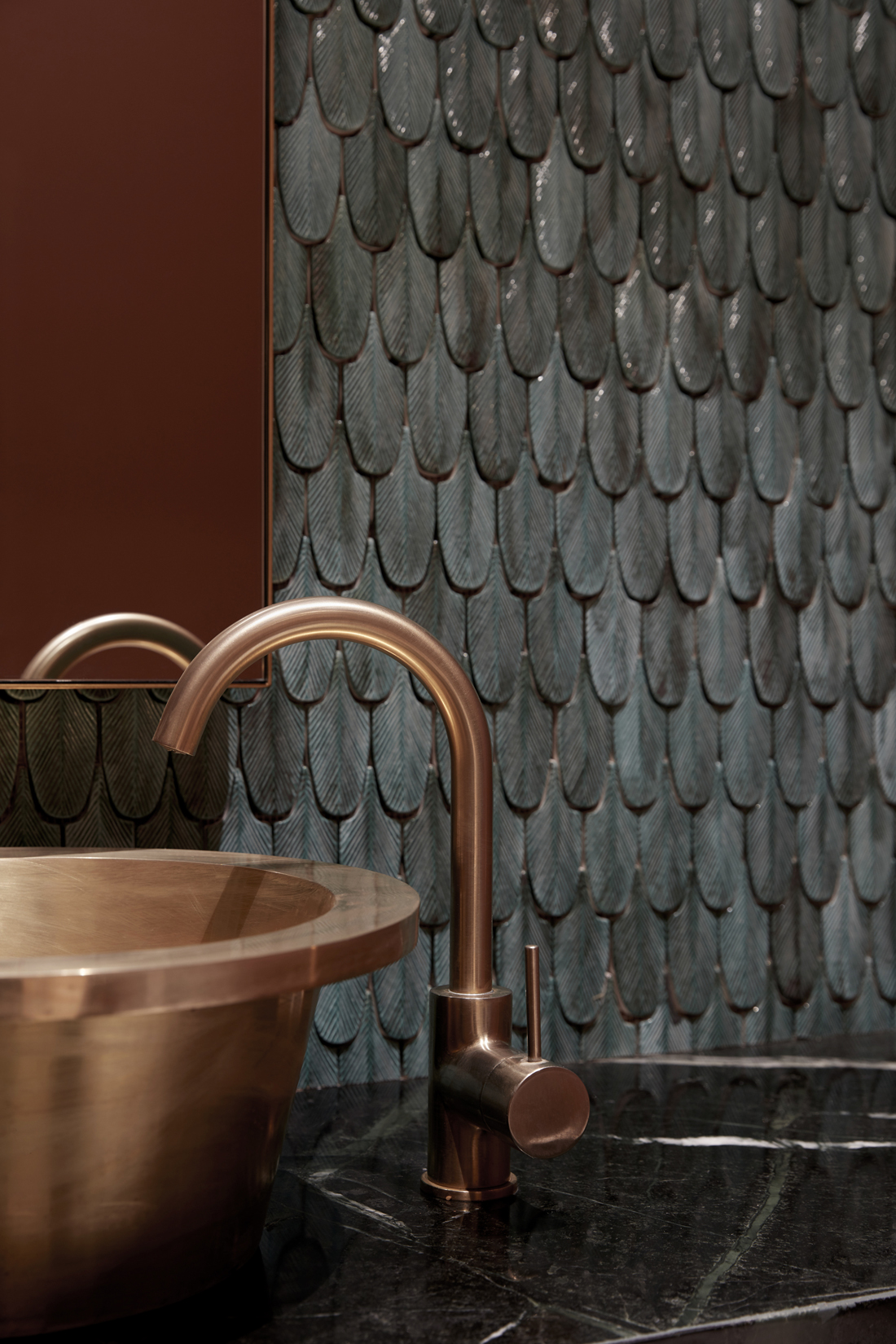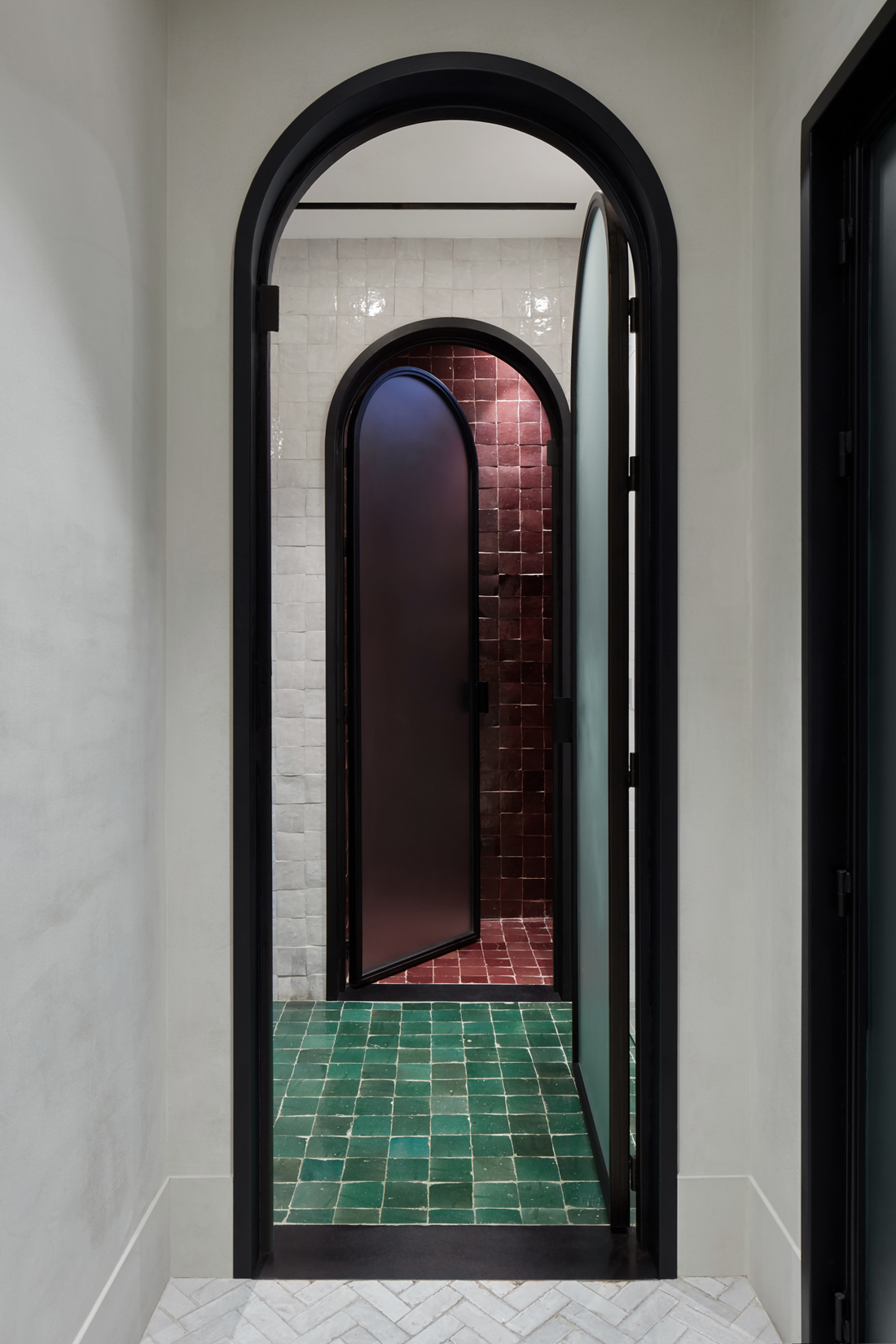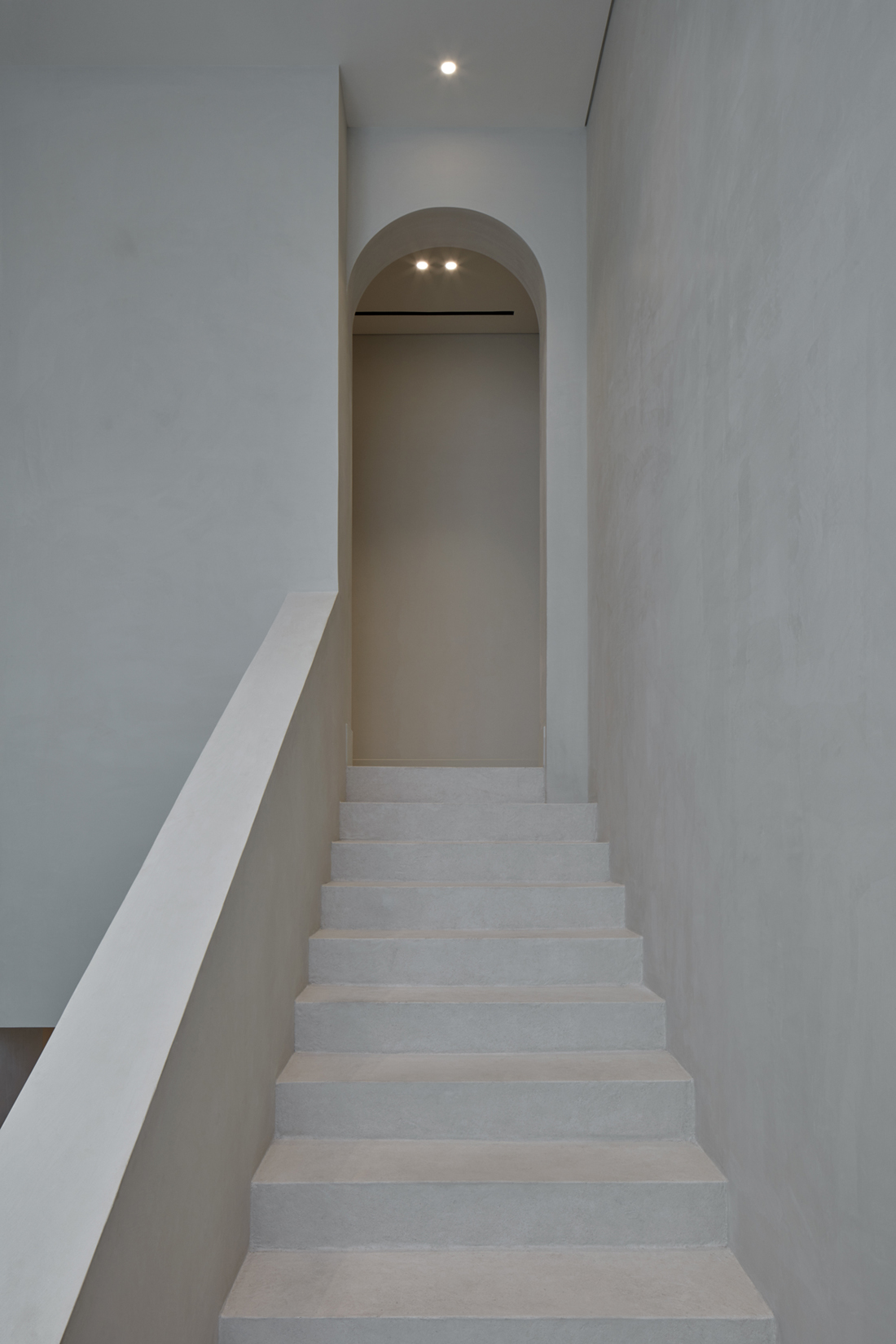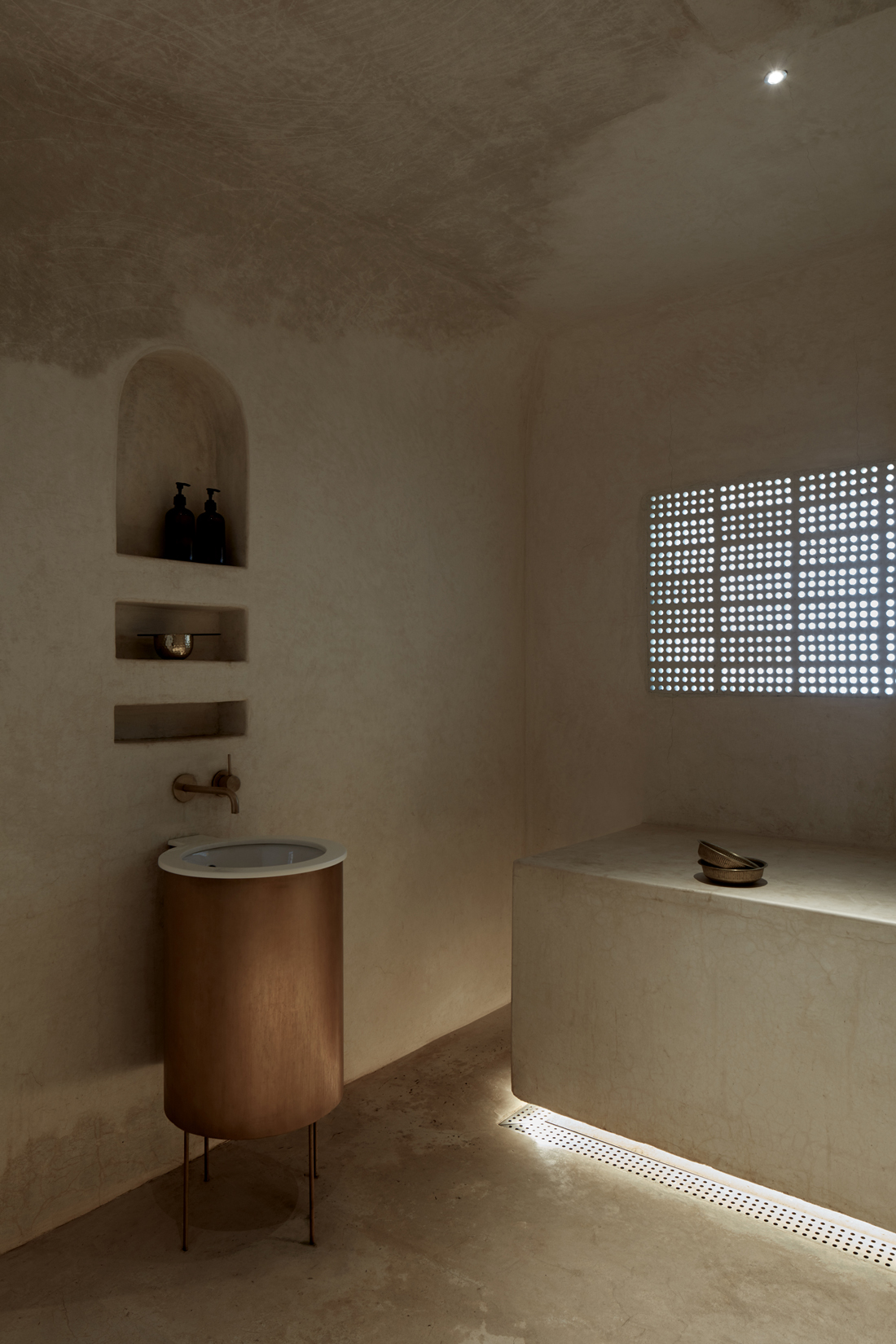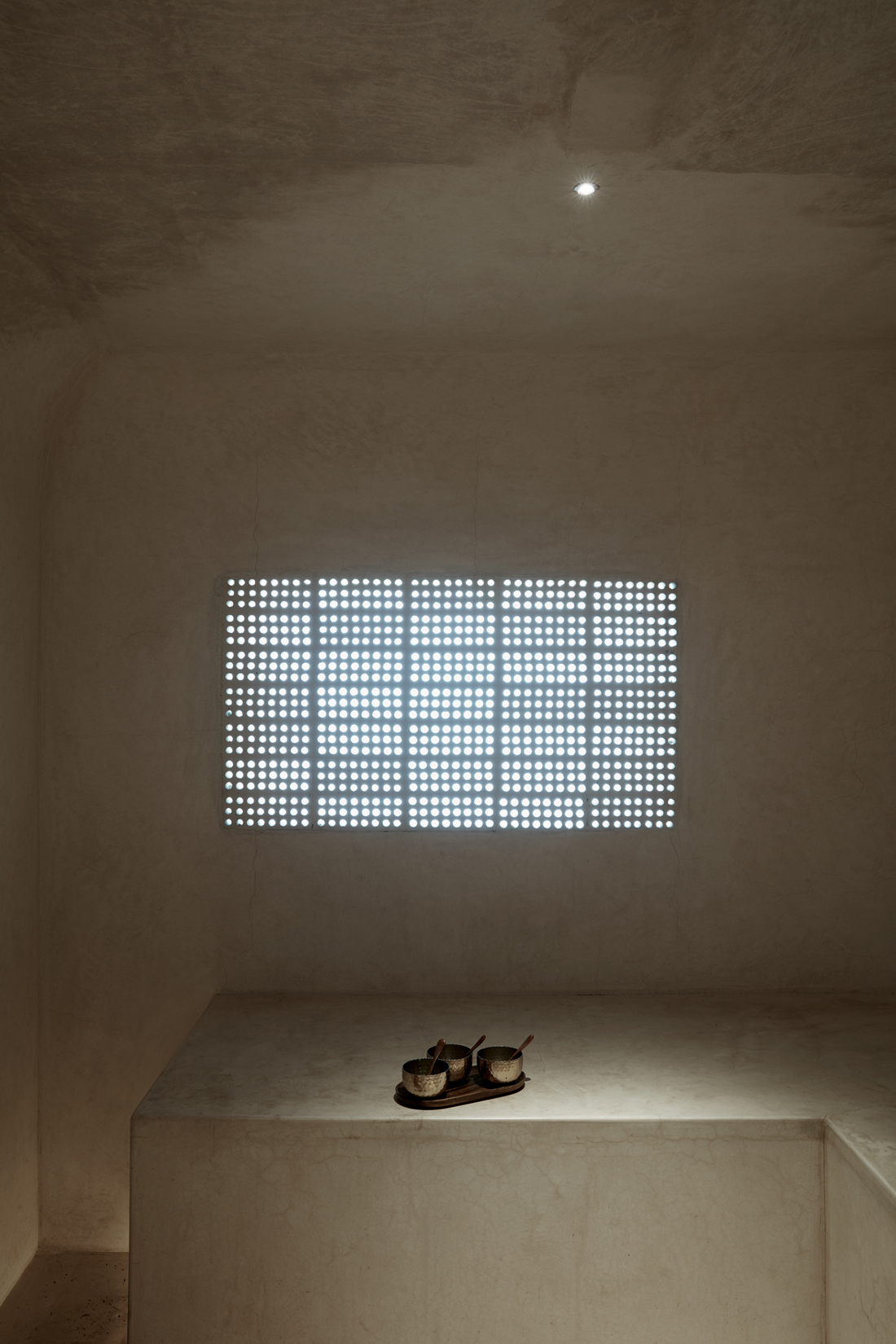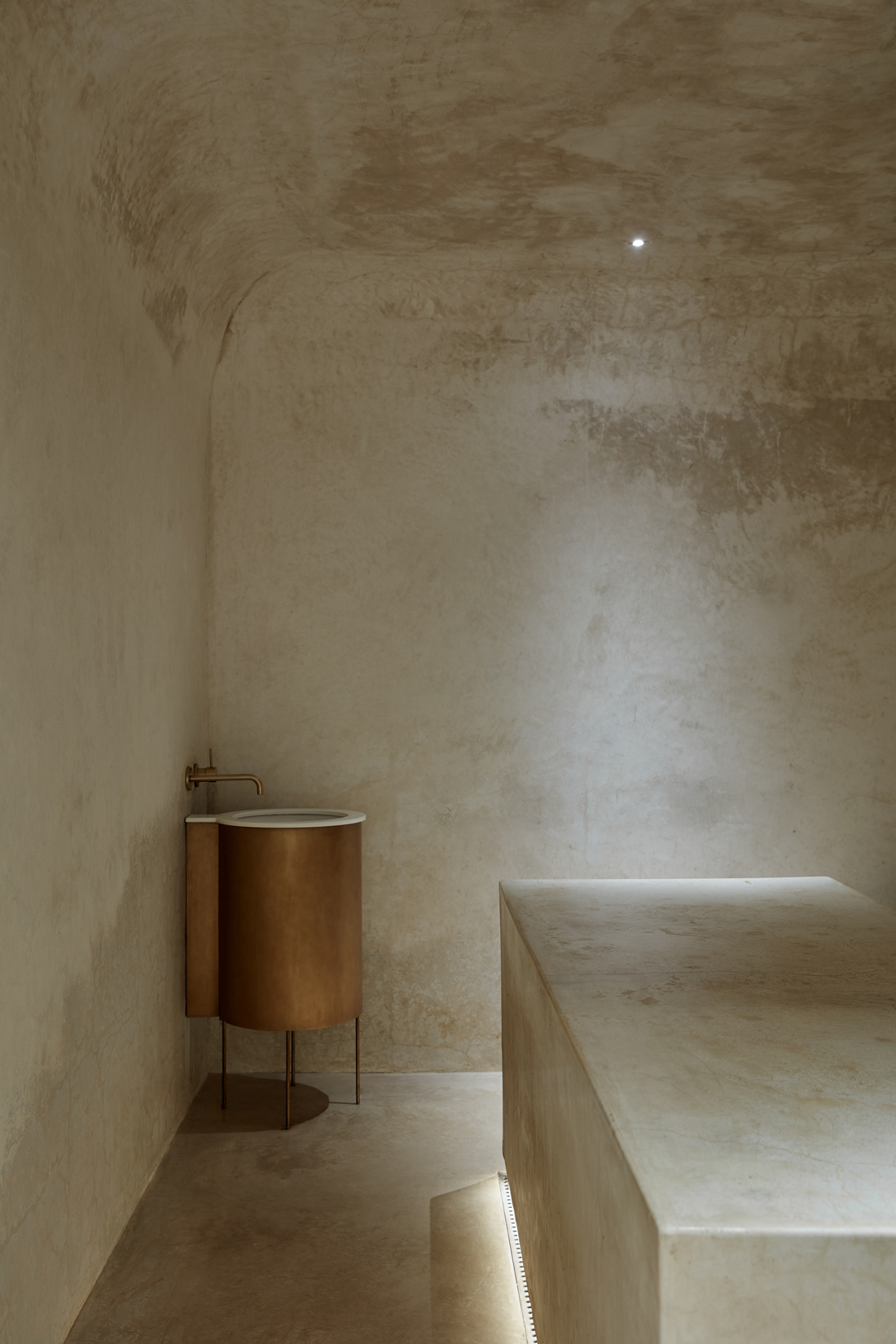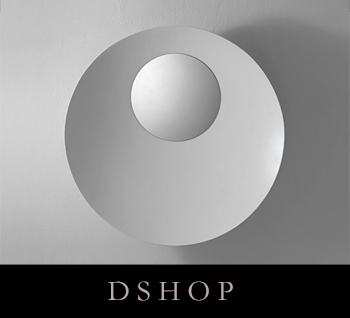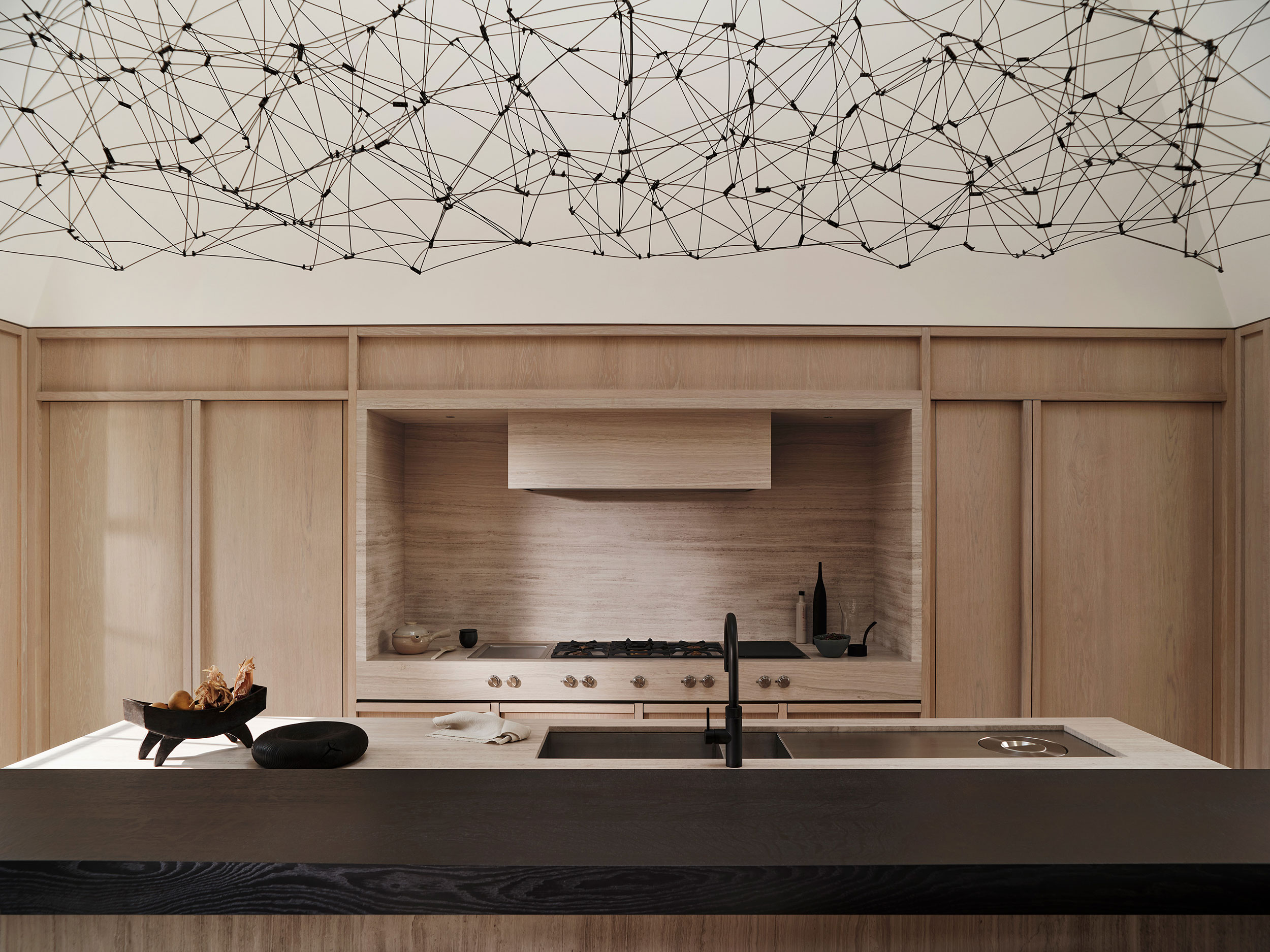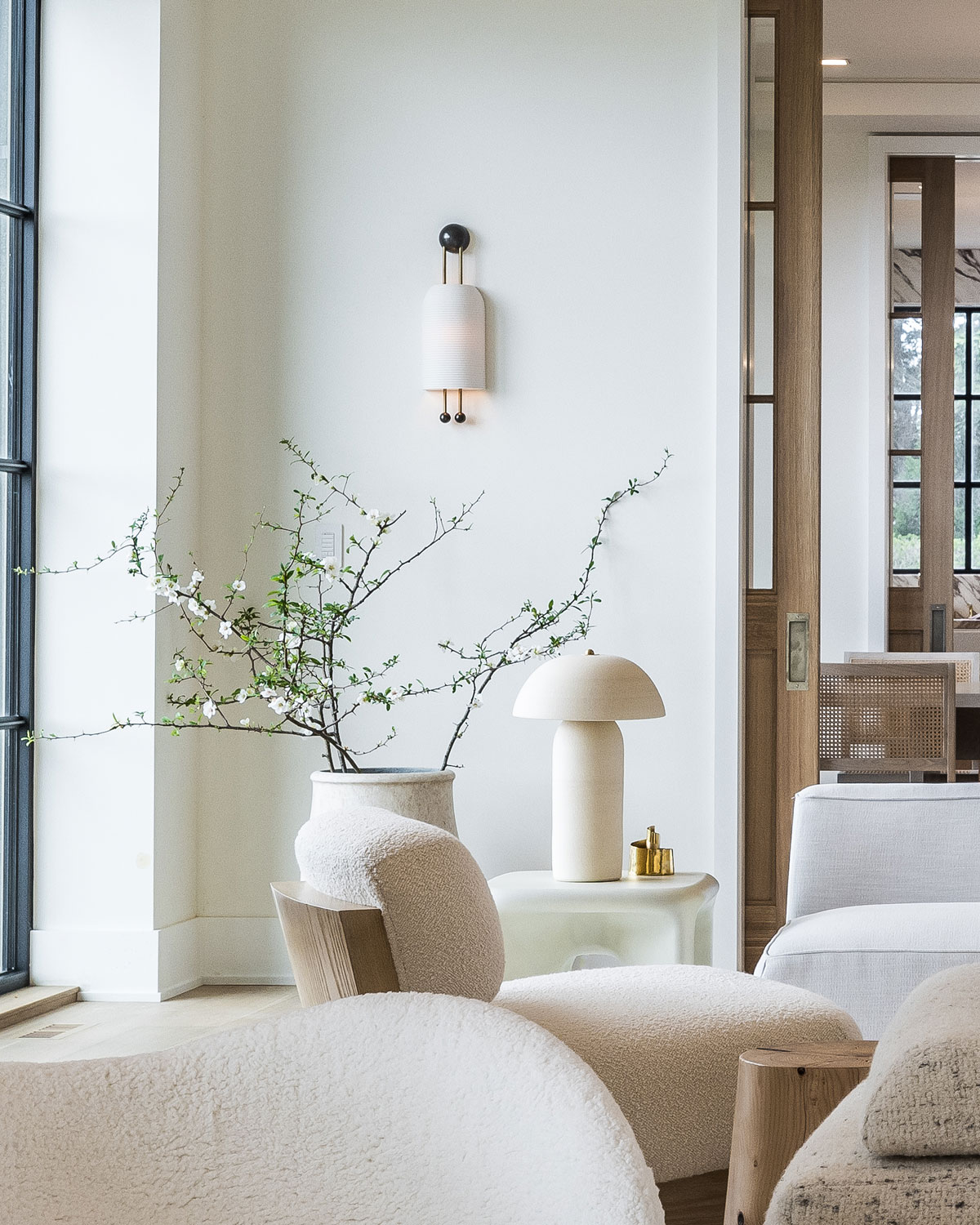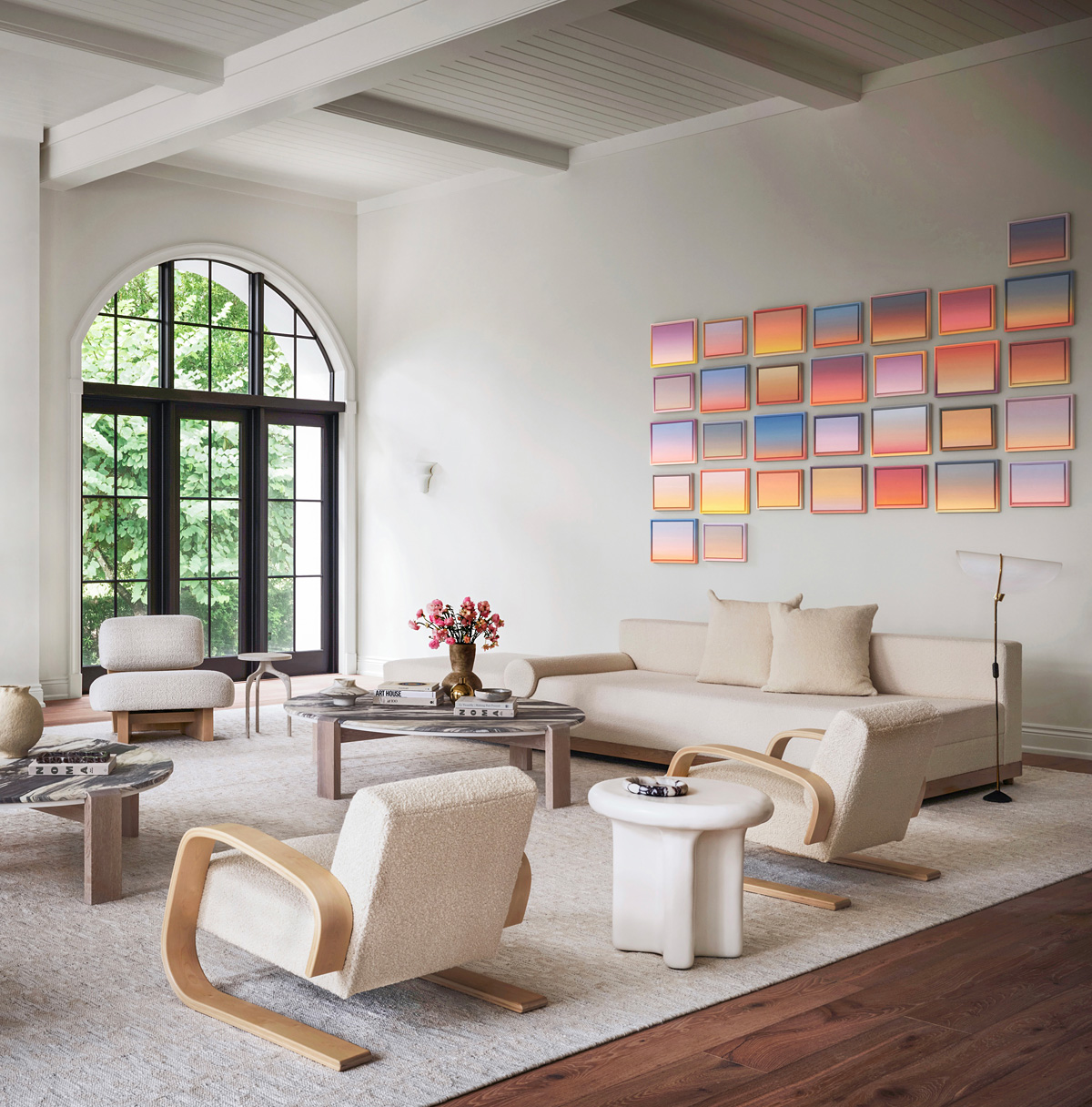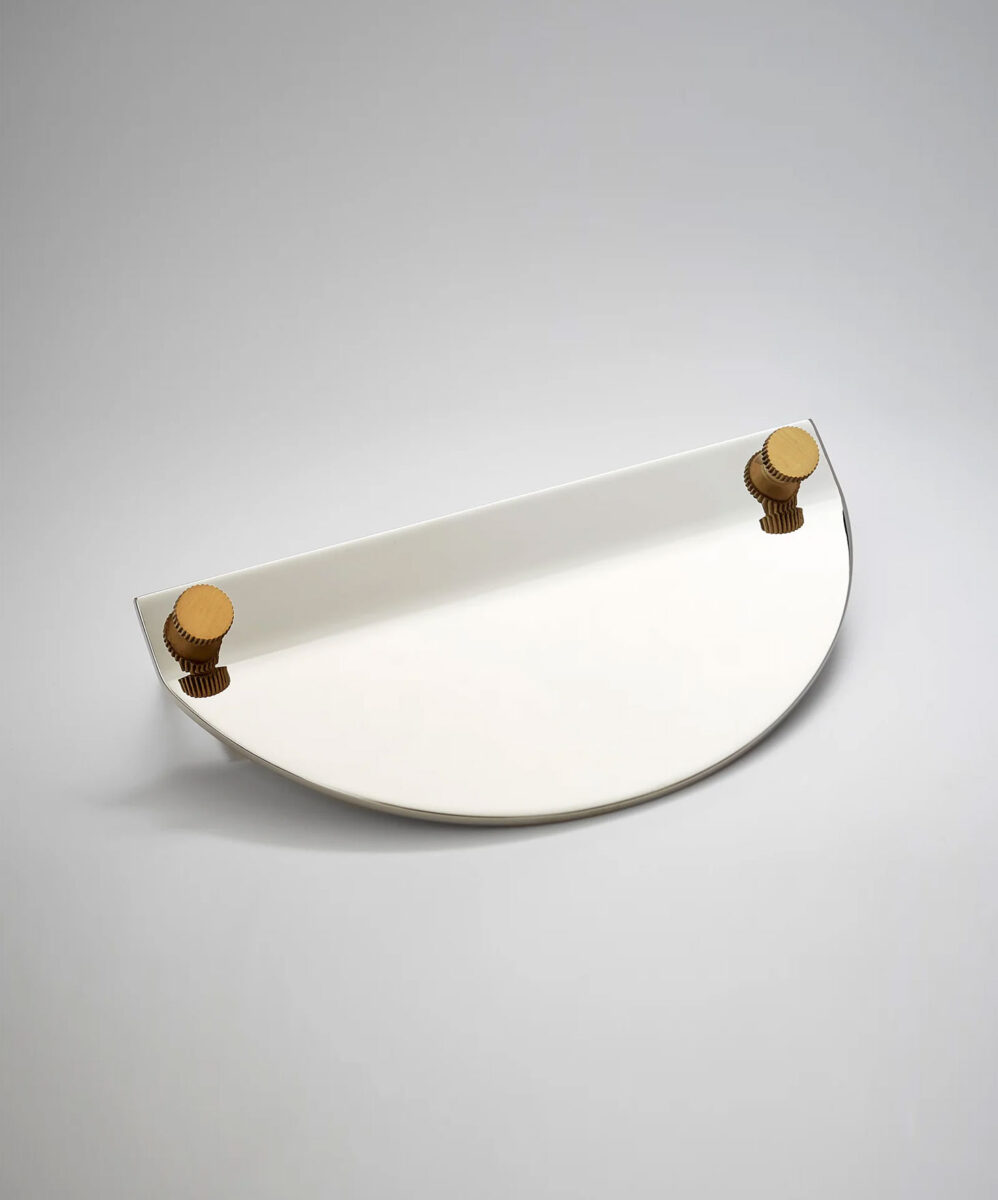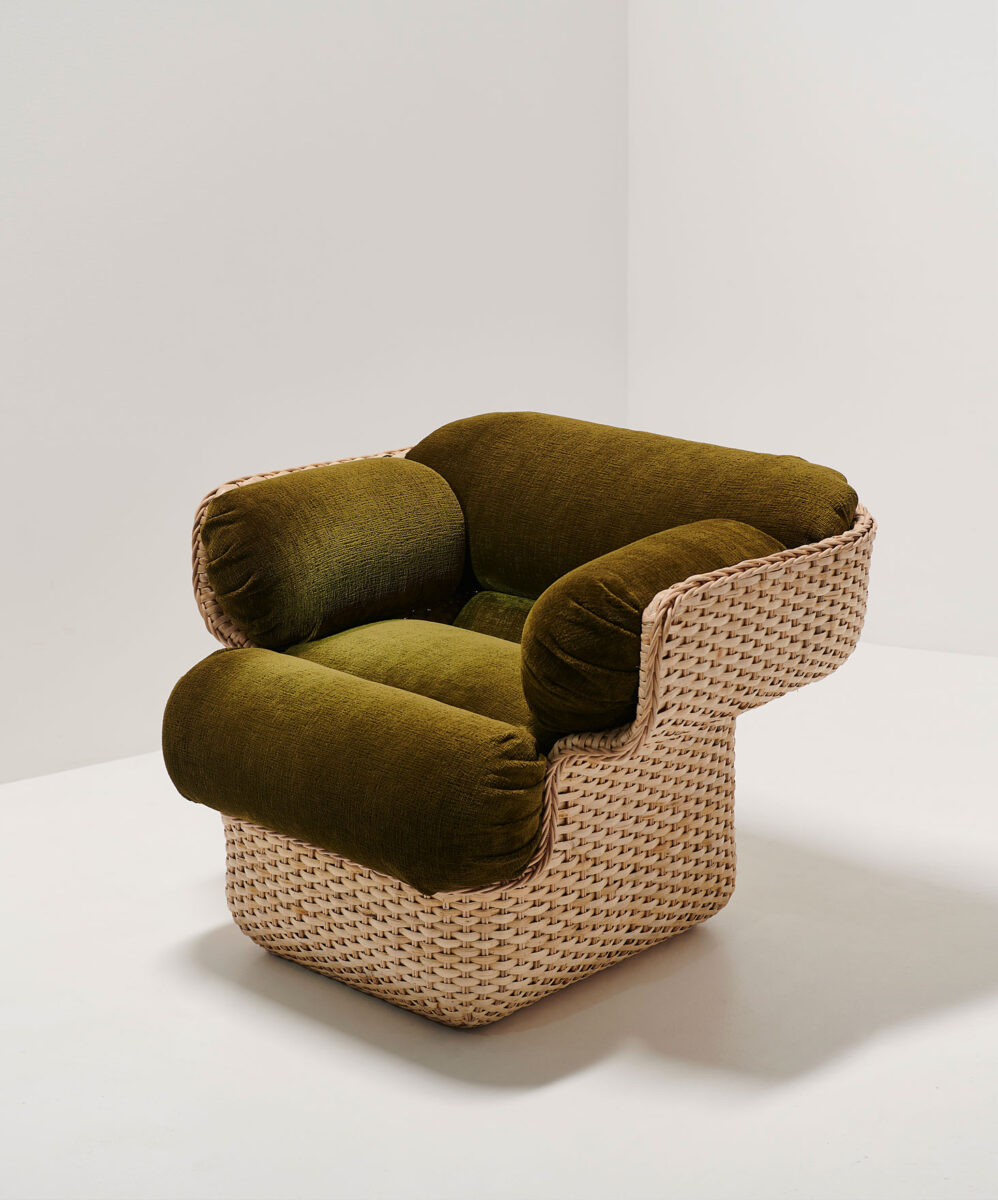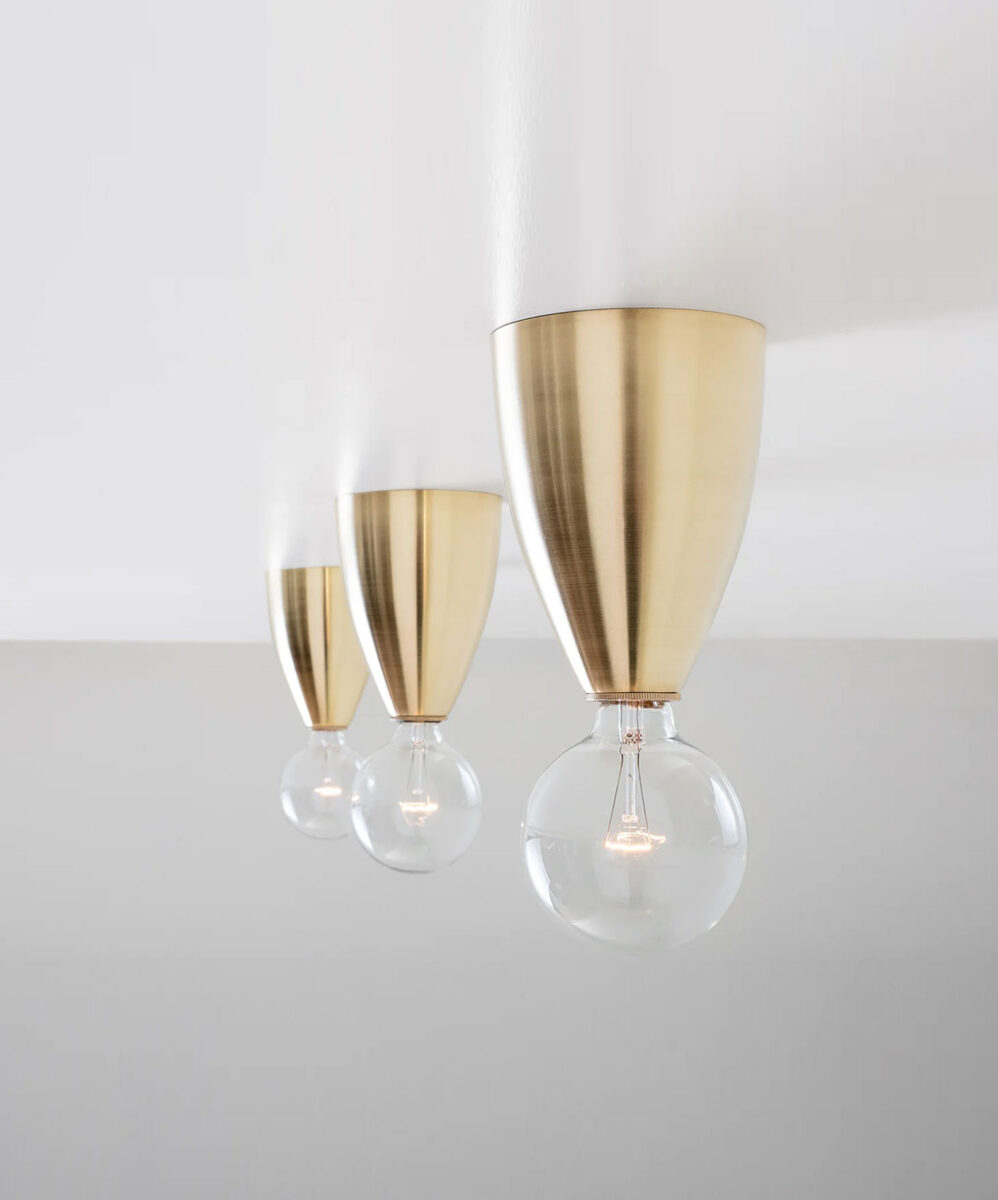Some…
Dubai interiors are designed to show off. But when Rania M. Hamed, the founder of VSHD Design, was asked to create a spa in Dubai’s Jumeirah neighborhood, she decided subtle and serene would be her watchwords. Most surfaces in the two-story spa are unadorned, and furniture is kept to a bare minimum. But that doesn’t mean that the ZAAZ Wellness & Beauty Spa is cold or uninviting. Since ZAAZ’s specialty is the Moroccan hammam, Hamed used heritage materials to give the space the warmth of a Moroccan interior.
ZAAZ’s…
Founder Asmaa Quorrich, born and raised in Rabat, Morocco, is a corporate executive turned entrepreneur. Her chosen designer, Hamed was born in Egypt and aptly specializes in integrating traditional culture and technique into contemporary health and wellness interiors.
The designers…
chose Tadelakt, a waterproof material imported from Morocco, to line the hammam on the second floor. A form of lime cement, Tadelakt is rammed, polished, and treated with soap to make it waterproof. Applied as a paste, it can turn corners seamlessly. And while it’s time-consuming to install, it has a gentle quality that makes rooms comfortable to be in. Importing Tadelakt from Morocco was in keeping what ZAAZ’s overall approach, which includes importing organic skin oils and creams also from Morocco.
One of…
the nicest details is at the door openings. Whether leading to a large room or a single shower, they culminate in semi-circles, a gentle shape that unifies the spaces. Rather than have a handrail distract from the clean lines of a stairwell, the designers recessed it into the wall; similarly, things like shampoo bottles are stored in niches, rather than on protruding shelves. Where conventional shelves are needed, they were designed to read as little more than dark lines.
Light…
filters in gently either through walls of translucent glass or small cutouts reminiscent of the mashrabiya screens of Arab architecture. Where hard floor surfaces were needed, the designers used traditional, hand-chiseled Zellīj tiles set into a plaster base, in this case in a herringbone pattern. Zellīj tiles are standard in Morocco, thanks to the Miocene grey clay of Fez, and appear on many of that country’s most important buildings. Ceilings are made of bamboo laid in a fish bone pattern, which is a typical Berber design. The Berbers, because they are nomads, build beautifully but simply, which Hamed says, “fit our concept perfectly.”
Design: VSHD Design
Lead Designer: Rania M Hamed
Senior Designer: Arianna Cardin
Project Manager: Bryan Miranda
Photographer: Nik and Tam


